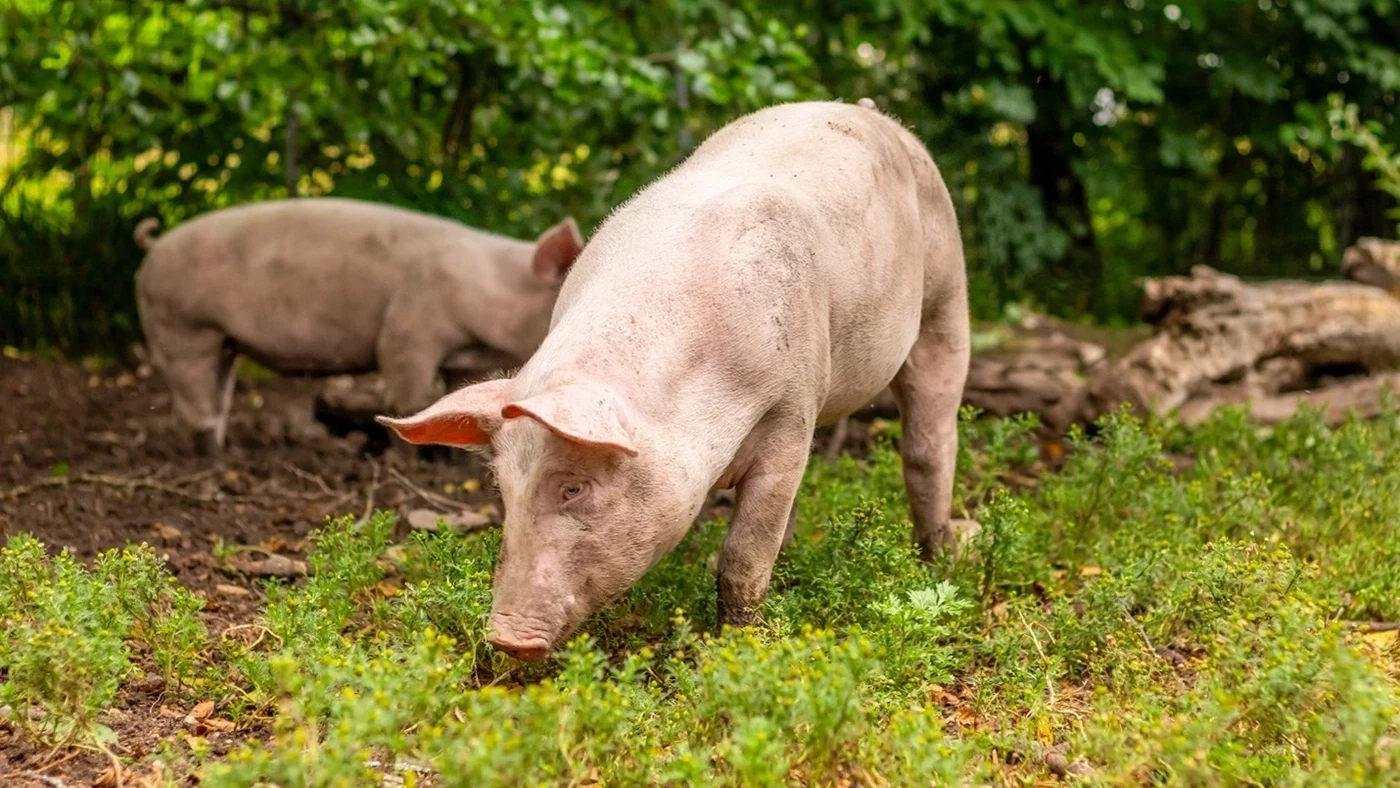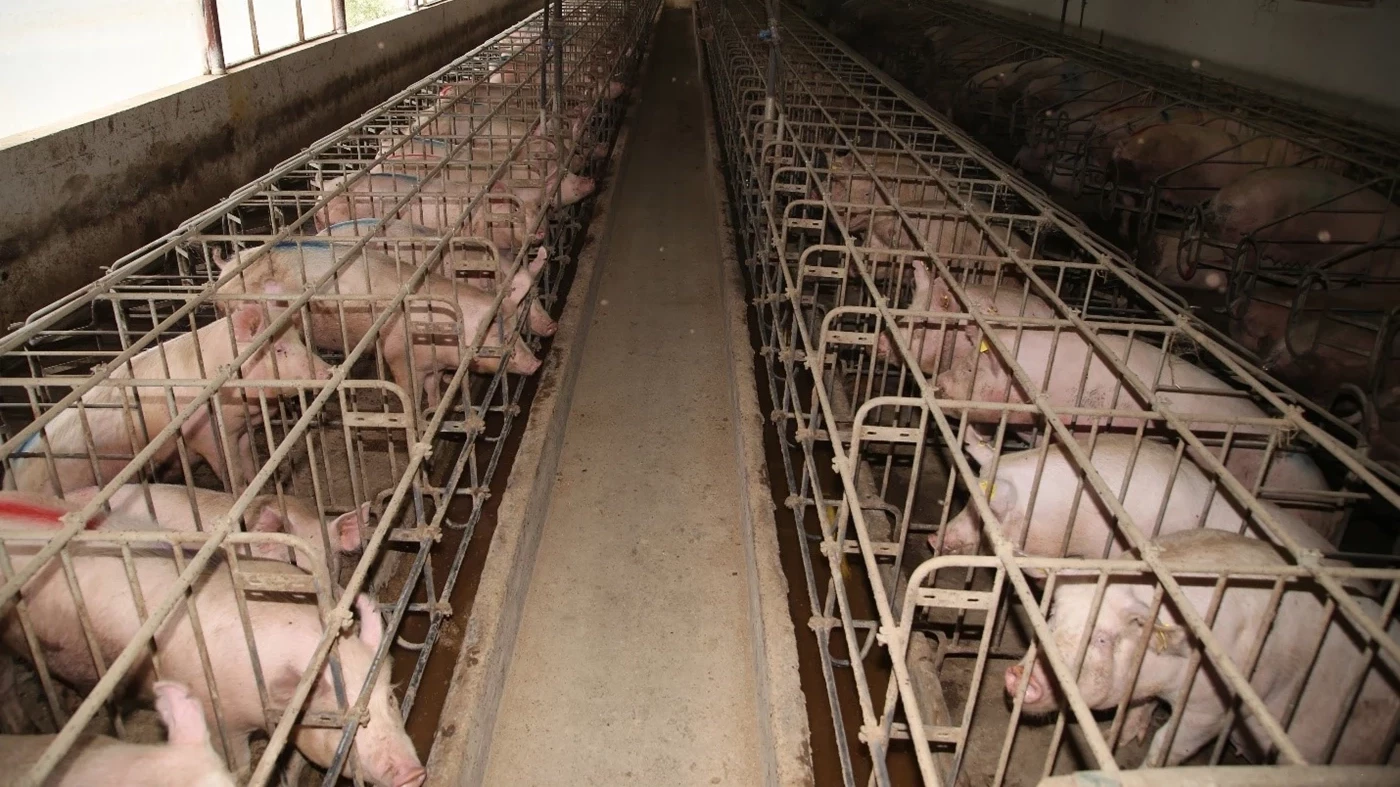While pigs are sometimes depicted as being dirty and gluttonous, the truth is that they are highly intelligent animals. Research has shown pigs are sentient beings that can learn, feel, and express both negative and positive emotions. Pigs are also highly social and can recognize the pigs around them as familiar or unfamiliar from memory.
Where are pigs from?
Pigs are believed to have been domesticated from wild boar as early as 9,000 years ago.
They were originally native to Europe and parts of Asia, but over the centuries have been introduced to many parts of the world. Most pigs live as livestock, but some have become feral, having escaped from farms or been deliberately introduced into the wild for hunting. Some breeds of pig, such as the Asian pot-bellied pig, are kept as pets.

The natural life of pigs
Pigs are naturally omnivorous and will eat both plants and small animals. In the wild they will forage for leaves, grass, roots, fruits and flowers. Because of their foraging abilities, and an excellent sense of smell, pigs are used to hunt truffles.
Unfortunately, the freedom to express their natural behavior is not afforded to most pigs raised today.
Pig farming today
Worldwide, approximately 1.4 billion pigs are slaughtered annually for meat. The majority are raised in East Asia, particularly China, which rears around half of the world’s pigs. This is followed by the EU, North America, Vietnam, and Brazil. The majority of pigs are reared for meat while a smaller number are kept for breeding.
While some pigs are kept free-range and in backyards in many developing countries, at least half of the world’s pig meat is produced in intensive systems.
This shift away from traditional pig farming to large-scale, intensive methods has resulted in significant concerns for the welfare of millions of pigs all over the world.
The Industrialization of U.S. Pig Farming

Approximately 74.3 million pigs are slaughtered each year in the United States and 27 billion pounds of pork is produced annually, with projections expected to increase every year.
Pig farming in the United States has undergone a significant transformation over the past 50 years. The number of farms with pigs reared for meat in the U.S. has fallen 70% since 1990, yet pork production has risen over 60% within that same period. As farms in the United States industrialized for efficiency, smaller, family-owned farms with ~10 sows living in spacious pens gave way to larger facilities housing up to 24,000 pigs in crammed, barren conditions and the sows continuously confined in crates.
These intensive farms are known as CAFOs, or concentrated animal feeding operations, with small CAFOs housing a minimum of 2,500 pigs. CAFOs have numerous negative impacts, including pollution and environmental damage, serious human health risks, and harming the livelihoods of small generational farmers. The animal suffering on these intensive CAFOs is immense.

In intensive farms, sows (mother pigs) spend more than 75% of their lives confined in narrow crates, unable to move freely, when they are bred, pregnant, and nursing their piglets.
The welfare of the sow’s piglets, which are raised for their meat (called market or meat pigs), is not any better. Their teeth are clipped, tails are docked, and the males are castrated - all without any pain relief. These pigs are raised fully indoors in crowded group pens with no bedding or enrichment to occupy their time. In the U.S., most market pigs are slaughtered between six and seven months of age.



